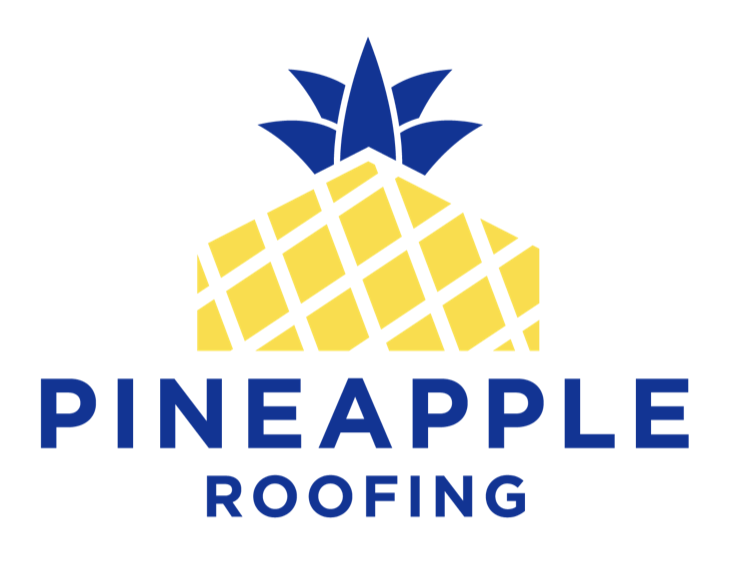A common concern among property owners is how long a roof will last and how to get the most value for the money. However, the roof type is only one part of the decision-making process that can have the greatest impact on the life expectancy of a roof.
In this post, we're going to break it down for house owners so they can see what actually affects the lifespan of a roof. We’ll also introduce you to where you can get the best roof repair Dallas, Texas!
Factors Affecting Your Roof's Expected Lifespan
Quality of Materials: There are high and low-quality models of each roofing material, regardless of what roof type you decide to use for your home or business. Choosing inferior roofing materials can lead to more frequent roof repairs and a shorter roof lifespan. With the right contractor, you can ensure that your roof will last for many years to come.
Underlayment: Replacement of a residential roof would be incomplete without the use of roofing underlayment. In the occurrence that the outer roof is damaged, underlayment provides a layer of waterproofing protection. This additional line of defense guards against moisture accumulation and mold growth, which is critical to the long-term preservation of your roofing materials.
Quality of Roof Installation Workmanship: You should do your homework before hiring a roofing contractor to make sure they are qualified, insured, and have good testimonials or reviews. When it comes to the lifespan of your roof, hiring a licensed professional could be more important than you might think.
The Climate: A roof's lifespan is greatly influenced by its exposure to the elements, including the sun and other weather conditions. It's critical to choose long-lasting materials for your roof if you live in the Midwest because of the region's unpredictable weather patterns and the risk of roof damage from severe storms. In the spring and fall, when temperatures constantly change from hot to cold, shingles can suffer from splits and cracks. When storms like wind and hail cause damage to the roof by removing the protective coating from the shingles, it can also lead to mold and roof leakage. This is why it is important to inspect the roof for damage after a storm.
For a roof, the typical lifespan is anywhere from 25 to 50 years. A roof's lifespan is largely determined by the quality, sturdiness, and material it is made of. Generally speaking, the more money you spend on a new roof, the longer it will protect your home. However, there are several options for house owners and business property owners to consider when deciding on the best roofing material for their home or commercial property.
Three-Tab Asphalt Shingles: DIY roofing projects commonly use this type of roof, which has a lifespan of 15 to 20 years. Although three-tab asphalt shingles are a cost-effective option, their low wind resistance and use of less durable materials means that they have one of the shortest lifespans. Three-tab asphalt shingles aren't recommended by our experts because they don't offer as much protection and homeowners will have to make a new roofing investment in the future.
Wood Shingles: Wood shingled roofs, which are commonly made from cedar, spruce, or pine, give a house a more natural and classic appearance while also being very cost effective. Although a wood roof can last for up to 30 years with proper maintenance, keep in mind that it is porous and can be damaged by termites, mold, fires and mildew, as well as other weather-related events.
Metal Roof: The thickness of the metal you select will have an impact on both the price and the lifespan of your roof. Thin metal roofs can last for 20 to 25 years, but thick, high-quality material can last for more than 50 years. Despite their increasing popularity, metal roofs are more expensive to install and have a lengthier lifespan than asphalt-based roofs.
Architectural Asphalt Shingles: Architectural asphalt shingles are an excellent choice if you want to use shingles. There are a variety of thicker and more durable models that can last for 30 or 50 years. There are a wide range of colors and patterns to choose from when it comes to asphalt shingles.
Composite Shingles: These imitation of wood or slate tiles are actually made of rubber, polymer, or plastic, despite their resemblance to real wood. The cost of composite shingles is lower than that of slate, but it's still an expensive investment for something that won't last as long as slate. They can, however, endure longer and give greater protection from heat as well as fire compared to the wood tiles they are meant to look like. These shingles are available in a wide range of colors and can last up to 50 years.
Slate Tiles: The average lifespan of these incredibly long-lasting tiles is well over 50 years, and in some cases, even close to 100 years. Due to their ability to withstand heat, hail, snow, and moisture in the Midwestern climate, they are a great choice for homes in the region. There are only a few roofing contractors who install slate, and homeowners should consult a structural engineer to see if their home can support the weight of such a heavy roof.
Concrete or Clay Tiles: Concrete or clay shingles, which can last up to 50 years, are another long-lasting option. In the Southwest, especially on Spanish-style buildings, the use of this type of shingle is prevalent because it can withstand high temperatures and concrete tiles reflect sunlight. Clay and concrete roofs, like slate roofs, are heavy and require additional framing and support, so homeowners should consult a structural engineer before initiating installation.
EPDM: For commercial roofs, this is a common synthetic rubber material. Depending on how well it's maintained, it can last anywhere from 25 to 30 years and is very easy to apply.
PVC: Using a white-colored vinyl membrane, this type of flat roof is the most energy-efficient because it is UV-resistant and reflective of the sun's rays. This is a pricey option, but it will pay off for at least 20 years.
TPO: A single-ply flat roofing option, TPO has a seam strength superior to EPDM, making it a better choice than EPDM. It's cheaper than PVC, but it's less flexible and lasts between 15 and 20 years on average.
Spray Foam: Spray foam roofs have a lifespan that is directly proportional to the thickness and coating of the foam used. This type of roof, if properly cared for and recoated on a regular basis, should last for at least 50 years.
Just as you should check your HVAC systems, car, and other significant investments to make sure they're in good working order, our roofing experts recommend annual roof inspections because there's no way to know exactly how often you should replace a roof. In order to help you keep your property safe, our roofing company Dallas, Texas, will uncover things that a typical homeowner or property manager might miss. To avoid costly repairs in the future, roof inspections after storms are also recommended.
Checking the health of your roof on a regular basis is highly recommended by our residential roofing company Dallas, Texasand our property inspections are always free!

